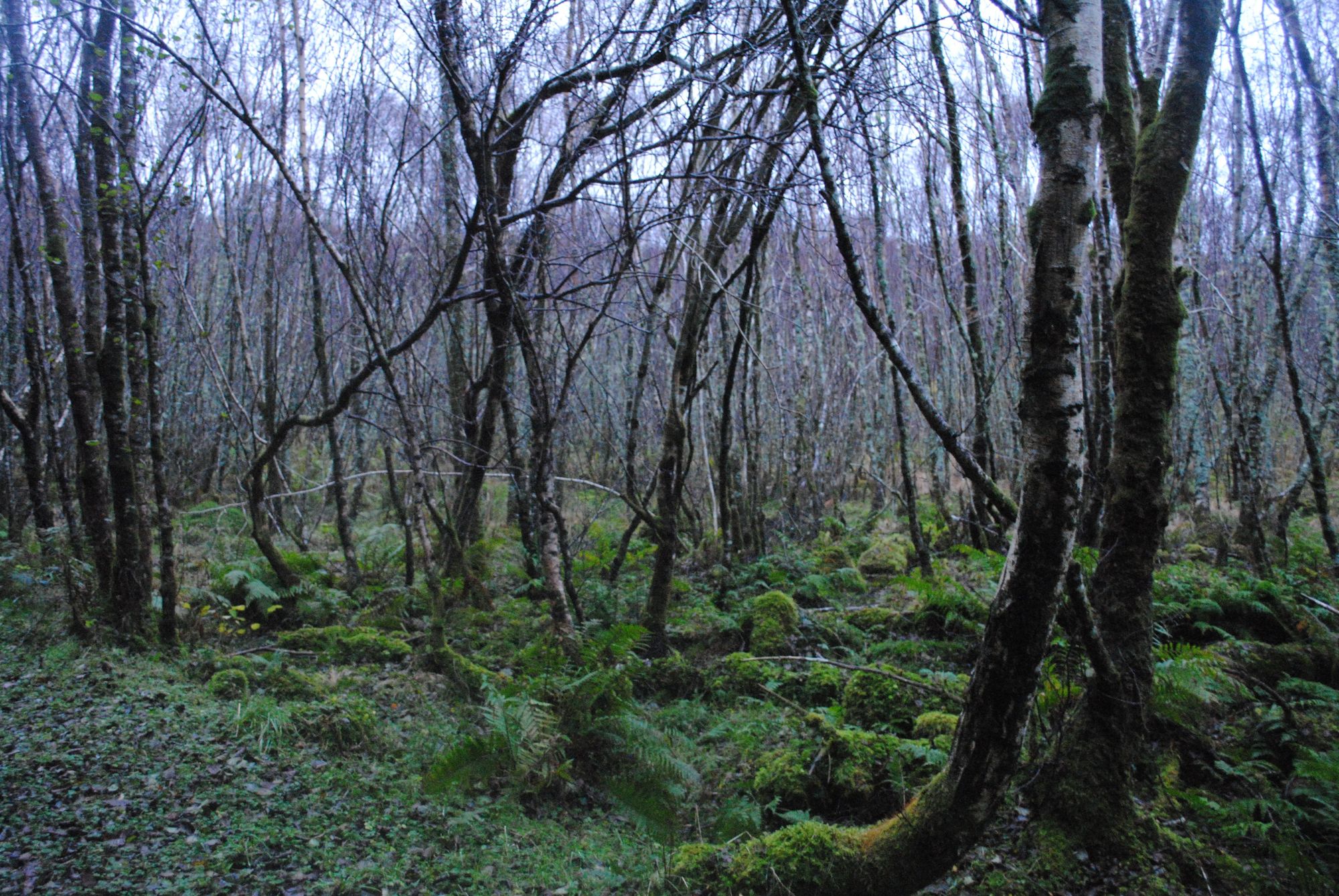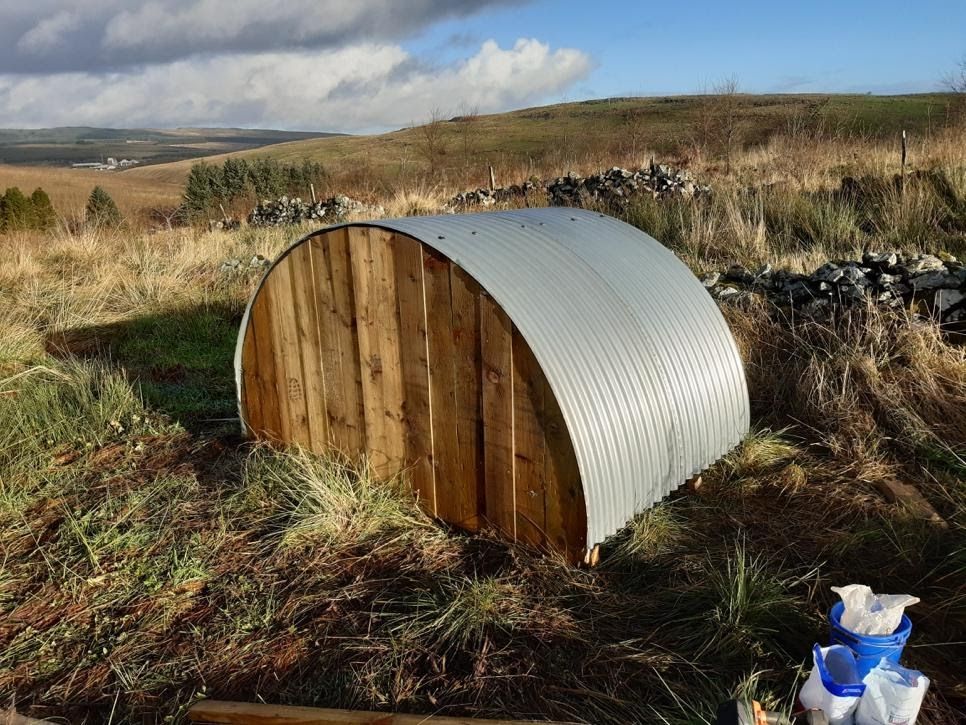Regenerative Agroforestry: How to store CO2 for thousands of years
In freezing Northern Scotland, our Regenerative Agroforestry partners are using a time-tested method to store carbon in the soil for thousands of years.

Just the gist
Short on time? Here's what you need to know this month:
- ❄️ Despite snow, strong winds, and temperatures reaching -13C, Andy and Ken managed to plant over 1,000 more trees at Brodoclea.
- 🐷 They also welcomed another 9 baby piglets into their litter!
- 🔥 The team's newest member, Kris, has started their biochar project. Kris will turn forest waste into biochar, a form of solid, almost-pure carbon, that keeps CO2 locked up for thousands of years. Read on to learn more!
For more updates like this one, follow Wren on Twitter and Instagram.
They've suffered through freezing rain, biting winds, and frosty earth. But not even Scotland's Winter weather can deter our Regenerative Agroforestry partners from getting their hands dirty.
Last month, they welcomed a litter of baby piglets, started an innovative carbon storage project, and planted over 1,000 trees. Here's how it happened.
Between the trees – Brodoclea Forest:
Shivering in the cold of Northern Scotland, Ken and Andy have been hard at work preparing for Spring.
Last month, Ken built pig arcs: circular, wooden shelters for the pigs to hide from the biting Scottish gales. This turned out to be a wise decision. Temperatures plummeted as low as -13C, and the wind and snow made it feel more like -20C.

Raising piglets in the cold of Winter can be dangerous– potentially deadly. But thanks to Ken's foresight, the nine new piglets are safe and warm, snuggling together until Spring comes and the weather improves.
Somehow, despite the weather, Andy managed to plant over 1,000 trees this month– that's over 30 per day, in the freezing cold. Ken helped him build fences around the saplings, to protect them from hungry deer.
Over the sea – The Glenaros Estate, Isle of Mull:
Trees are pretty good carbon sinks– in the right environment they can store carbon for hundreds of years. But this month at the Glenaros Estate, the team are starting a new project, capable of storing CO2 for thousands of years. Biochar.
The biochar project takes forest waste– dead leaves and broken branches– and turns it into a crumbly mess of almost-pure carbon.
Left to decay, forest waste releases its stored CO2 back into the atmosphere within a year. But if you heat the waste at high temperatures, in the absence of oxygen, you can turn it into biochar, a solid organic substance made up of between 70-90% carbon. Biochar is chemically stable, and a good fertiliser. Spread back into the earth, biochar can store CO2 for thousands of years.
“If we left the forest waste to rot, all the CO2 would have been released back into the atmosphere. This process is fantastic for locking up CO2 long term. Biochar is also very beneficial for soil health and may even help our trees grow faster.”
Future Forest Team
Leading the biochar project is Kris, the newest member of the team on Mull. Kris has a PhD in Chemical Engineering, and has a history of developing new technologies in academia and industry. Kris' main job right now is preparing the large charcoal burners, needed to make the high temperatures required to turn rotting wood into stable biochar.
Beyond biochar, Future Forest have continued their hiring spree. Jim, an experienced forestry manager, and Vicky, their land acquisition manager, are both joining this month. Jim will work out how to look after the fast growing forests at Brodoclea and Mull. Vicky will work out which new plots of land to buy– where the future forests will be.
Personally, I can't wait to see where this project goes next.
That's it for this update! If you have questions or feedback, please reply directly to this email. I'll reply as soon as I can.
- Thomas Hollands

